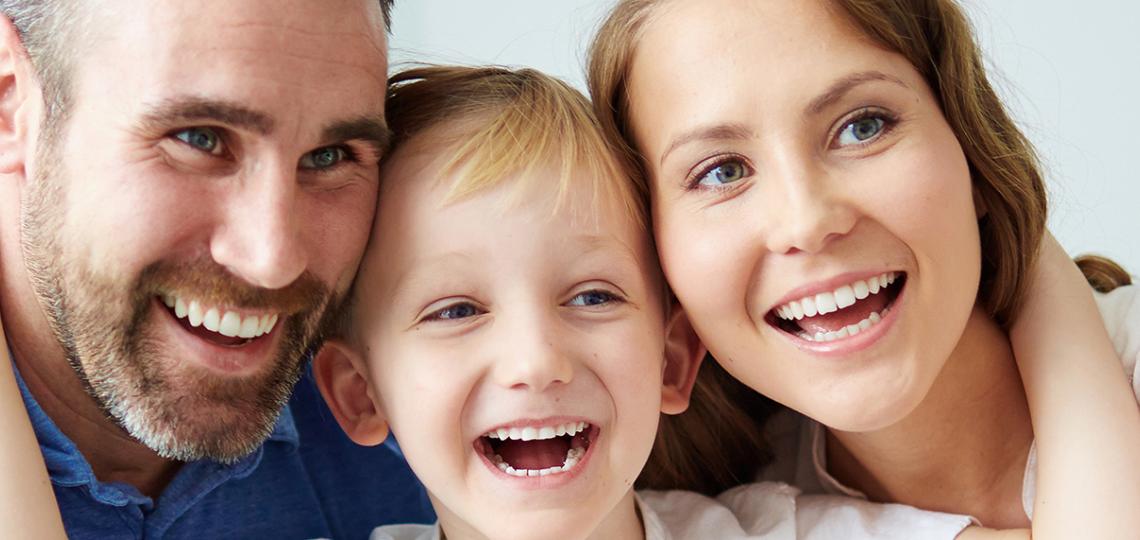Sensory sensitivities are a frequent component of anxiety for autistic kids. For example, think about George’s fear of public restrooms. While part of it is related to a fear of germs, there is also the sensory component of unpredictable loud noises (automated toilets and hand driers). Overcoming this fear would require a plan of action addressing both areas, even though one appears to be more related to sensory sensitivity.
Another common behavior that may be both rooted in anxiety and related to autism is insistence on sameness and wanting to stick to routines. For example, think about Sophia’s fear of change. While this is common for kids with generalized anxiety, it is also a core feature of autism. Overcoming this anxiety would require a plan of action that takes this into consideration.
We want to emphasize that there is no need or expectation for you to address these areas that are more closely related to autism. For example, having a consistent, predictable routine in the morning can be a helpful way for autistic kids and kids without autism to prepare for the day and regulate their emotions. When an insistence on this routine causes problems for you or your child, however, it may be an area to focus on in your child’s plans of action. For example, if a morning routine is taking such a long time that you or your child are always late to school or work, or you cannot visit family on the weekend because this would involve a different morning routine, it may be helpful to begin incorporating this challenge into your child’s plans so they can be more flexible when they need to be.
If you decide to address sensory sensitivities or insistence on sameness in LUNA, plans of action for these issues can be tricky, so we want you to start with targets that were more straightforward. Now that you have been practicing one or more plans of action with those initial targets, let’s talk about how to tackle plans that have (or are suspected of having) a component that is also related to the core characteristics of autism.
Targeting Anxiety Related to Sensory Sensitivity
The main thing to consider when you are tacking these kinds of targets is what the goal of the plan will be. Given that the target is also related to autism, the goal might be different than if you were tackling the same target with a neurotypical child.
For example, if you are developing a plan of action for a fear that has an auditory sensory component, the goal might be for the child to experience the setting or situation and the sound (like school assembly, fireworks, public restrooms), but with the help of noise-cancelling headphones. Even though this might sound like a “quick fix,” or something your child may do to help them feel more calm at first without actually facing their fears (as discussed in Module 3), we would think of this as more of a “coping behavior” (as discussed in Module 6) because it would help your child live a full life as long as it is flexible and supporting their goals. There are no treatments that have been proven to lessen the intensity of sensory sensitivities, so our focus in LUNA is to to ease anxiety aroud these situations.








